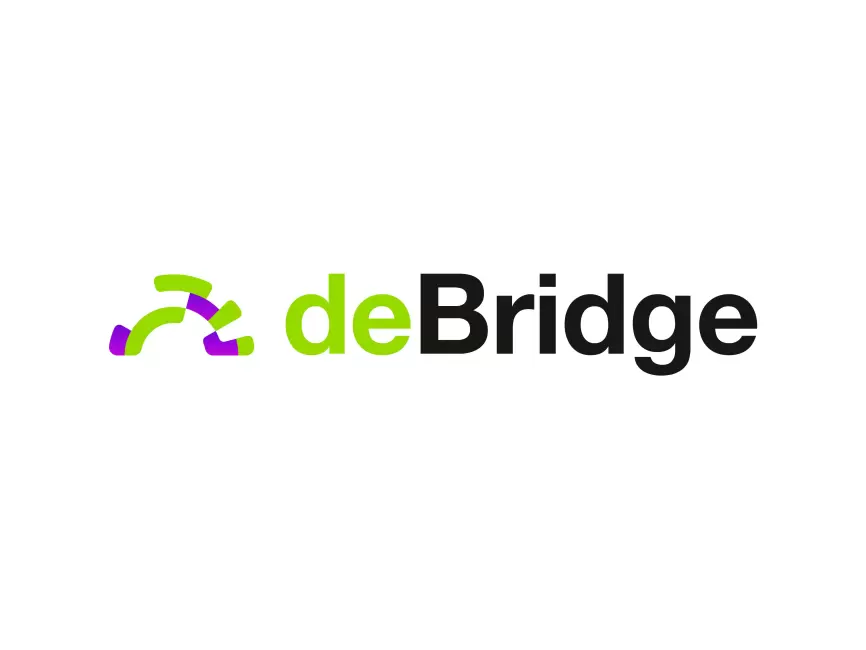The Code of the Cowboy: Loyalty and Personal Integrity
September 7, 2025Mobile-friendly casinos like Donbet with fastest disengagement times
September 8, 2025Why deBridge Finance Is Changing the Cross-Chain Game
Okay, so check this out—cross-chain swaps used to feel like trying to text someone on an old flip phone while you’re on your shiny new smartphone. Confusing, slow, and honestly a bit sketchy. I remember the early days of DeFi when bridging assets across chains felt like navigating a maze blindfolded. But now? Well, things are shifting, and deBridge Finance is right there shaking up the scene.
Whoa! The speed and security combo these guys bring is something else. At first glance, I was skeptical—another DeFi protocol claiming to be the “fastest and safest” in the wild west of cross-chain bridges? Yeah, I’ve heard that story before. But then I dug deeper, and my gut said, “Hmm… this might actually work.”
Here’s the thing. Most cross-chain swaps are either painfully slow or leave you biting your nails over security risks. I mean, you’re trusting smart contracts and relayers that you barely know. Not very comforting, right? deBridge Finance tackles this with a decentralized infrastructure that reduces points of failure, which is very very important when your money’s on the line.
Initially, I thought the usual trade-offs—speed for security or vice versa—would apply here. But then realized that deBridge’s approach actually balances both pretty well through what they call their “Universal Cross-Chain Protocol.” It’s like they designed a system that doesn’t make you choose between quick swaps and safety. Kind of a game-changer.
Seriously? Yeah. They use a network of validators and smart contracts to make sure that your assets move smoothly from chain A to chain B without those annoying delays or shady middlemen. And that’s not all—this protocol supports a crazy wide range of chains, including Ethereum, Binance Smart Chain, Polygon, Avalanche, and more.
Something felt off about old bridges because they often locked assets in centralized pools or wrapped tokens in ways that introduced risk and complexity. deBridge Finance, on the other hand, uses a more transparent method—letting you swap native tokens without unnecessary wrapping, which means less friction and fewer surprises. (Oh, and by the way, it’s open-source, so the community keeps them honest.)
Check this out— —this diagram really helped me wrap my head around their multi-chain architecture. It’s like a hub-and-spoke model but with smart contracts and validators doing the heavy lifting instead of a centralized operator.
—this diagram really helped me wrap my head around their multi-chain architecture. It’s like a hub-and-spoke model but with smart contracts and validators doing the heavy lifting instead of a centralized operator.
Now, I’m biased, but I think this part bugs me about some other protocols: they act like a black box. With deBridge, you actually get insight into the process and can audit validators’ behavior, which is huge for transparency. For anyone who’s ever freaked out about where their funds go mid-swap, this is a breath of fresh air.
On one hand, cross-chain swaps are super useful because they let you move assets and liquidity effortlessly. Though actually, the challenge always comes down to trust and speed. deBridge’s clever use of a decentralized validator network helps mitigate that, but of course, no system is perfect. There’s still some risk, especially if validators collude, but their economic incentives are designed to minimize that.
Here’s a quick example from my own experience. I wanted to move some USDC from Ethereum to Avalanche while minimizing gas fees and wait times. Using deBridge, the process was smooth and completed quicker than I expected. My instinct said, “This feels right.” No weird delays, no incomplete confirmations. Just clean, straightforward swapping.
Why deBridge’s Approach Stands Out
Alright, let me break down why deBridge Finance feels different from the rest. First, their cross-chain protocol isn’t just a bridge—it’s a full-on ecosystem designed to support seamless swaps, transfers, and even governance across chains. That’s rare.
Plus, the way they handle liquidity is pretty smart. Instead of forcing users to lock funds in centralized vaults, deBridge leverages liquidity providers across chains, which helps spread risk and improve availability. This decentralized liquidity model reduces bottlenecks and points of failure.
Not to mention, their user interface is surprisingly user-friendly, which is no small feat in the DeFi world. Honestly, if you’re like me and you hate fumbling around complex dApps, deBridge’s clean design is a relief.
Something I’m still wrapping my head around is their fee structure. It’s competitive, but it fluctuates based on network congestion and validator participation. So, it’s not a flat fee like traditional exchanges, but rather a dynamic system that incentivizes honest validator behavior and efficient swaps.
For those who want to dive deeper or try it out themselves, I found this site https://sites.google.com/mywalletcryptous.com/debridgefinanceofficialsite/ to be a helpful gateway. It’s not just a homepage; it’s packed with guides, community links, and real-time stats that make the whole process less intimidating.
Honestly, navigating cross-chain DeFi can feel like the wild west sometimes. But with platforms like deBridge Finance pushing the envelope, it’s becoming more like a well-paved highway—still with some bumps, sure, but getting better every day.
One last thought—while deBridge is impressive, I’m not 100% sure it’s the silver bullet for everyone. Some edge cases, like ultra-high-frequency trading across chains or extremely large asset transfers, might still face challenges. But it’s definitely a massive step forward from the clunky bridges of yesteryear.
So yeah, if you’re hunting for a safer, faster, and more transparent cross-chain swap experience, deBridge Finance deserves a closer look. It’s not hype—it’s practical innovation that feels like it’s built by people who really get the pain points of the DeFi space.
